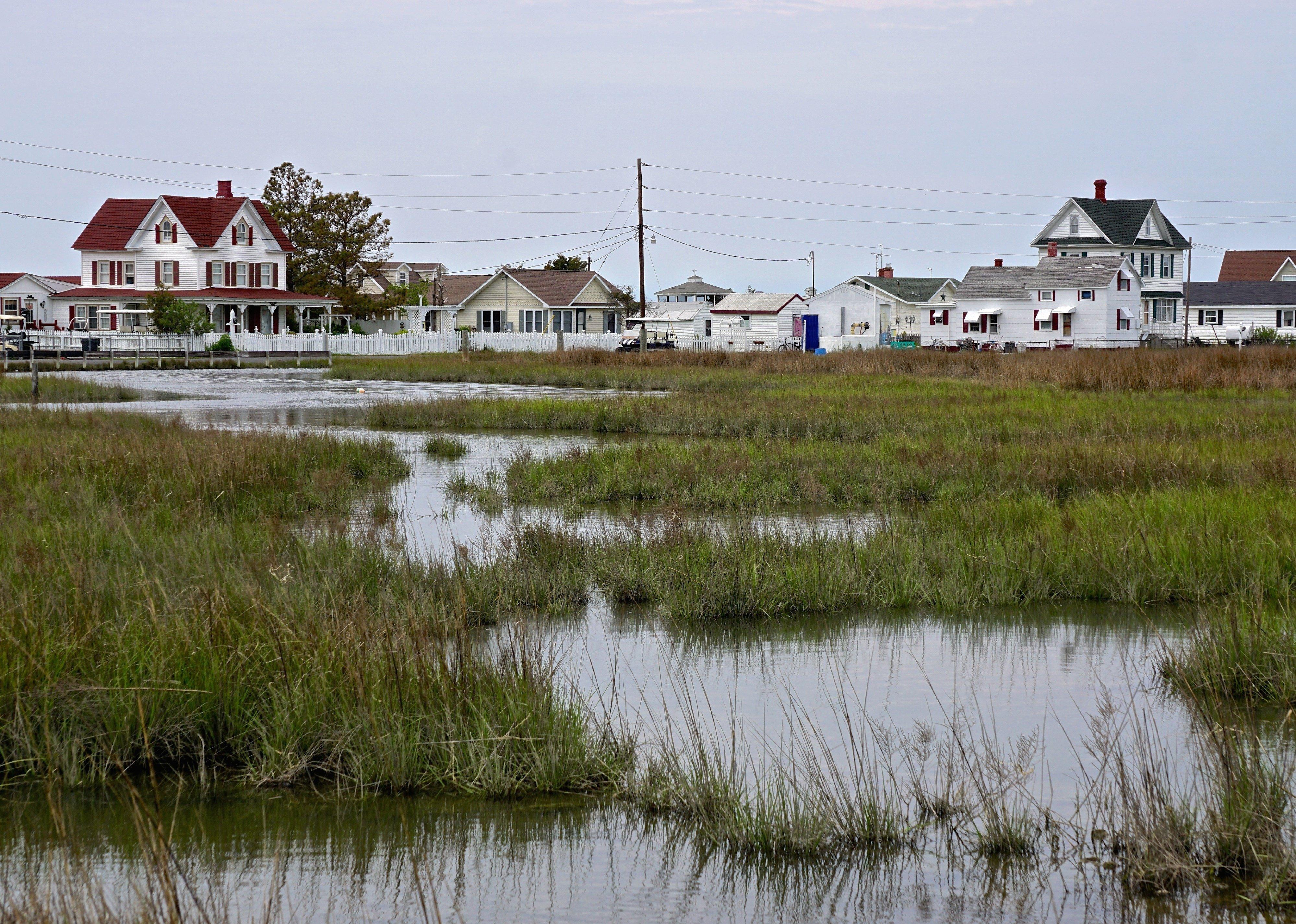
An island being washed away: How climate change has affected Virginia
An island being washed away: How climate change has affected Virginia
The latest United Nations Intergovernmental Panel on Climate Change (IPCC) report is yet another reminder of the dire effects of climate change. While climate projections often look to the future when discussing the worst impacts of climate change, we are in fact already experiencing its effects across the United States. To better understand how climate change is impacting the country, Stacker compiled a list of the impacts of climate change in every state, using local and national news stories, government reports, and scientific journal articles.
While these impacts are weather-related—for example, heat waves, droughts, or storms—individual weather events cannot be attributed to climate change on their own. Rather, it is when these events are seen within larger trends that they can be understood as part of a pattern that has come out of the changing climate.
Keep reading to learn about how your state has been impacted by climate change, or read the national story here.
Virginia: An island being washed away
Tangier Island is a 5-mile-long island located in the Chesapeake Bay between Maryland and Virginia, but part of Virginia, and is home to 600 people. Unfortunately, the island is slowly shrinking, as it is washed away due to rising sea levels from climate change, along with erosion. Since 1850, the island has shrunk by two-thirds. However, the population is conservative, so many residents don't believe that what is happening is due to the changing climate or human activity.
Across the country, there are trends of rising temperatures, storms of increasing frequency and severity, and more erratic precipitation patterns, causing disruptions to the food systems and sometimes even resulting in death. While the U.S. government has set a target to reduce greenhouse gas emissions by at least 50% by 2030, it is clear that the climate emergency is already taking place, and along with emissions reductions, mitigation of the impacts of climate change must be prioritized as well.
Read below to see how other states in your region have been affected by climate change.
Maryland: Severe weather in the Chesapeake Bay
Maryland's Chesapeake Bay has been impacted by the increase of severe storms caused by climate change. Both 2018 and 2019 saw record rainfall in the region, which increased sewage overflows, flooding, and water pollution. These storms also cause runoff of nitrogen, phosphorus, and sediment into the bay, which leads to more algae blooms and dead zones. Maryland Gov. Larry Hogan has taken the issue seriously and submitted a memorandum to the state's legislative leaders in October 2021 that laid out four key principles to steer climate and environmental actions in the state, including expanding land conservation and preservation and transitioning to a cleaner economy.
North Carolina: Billions in storm damage
North Carolina saw two 500-year storms—storms so severe that they historically only took place once every 500 years—within 23 months of one another in 2016 and 2018. Hurricane Matthew, which hit North Carolina in October 2016, cost the state roughly $1.5 billion, and Hurricane Florence, which hit in September 2018, cost around $2 billion. In response to climate change, which contributes to the frequency and severity of these storms, North Carolina Gov. Roy Cooper issued Executive Order No. 80, which calls for a 40% drop in greenhouse gas emissions in the state by 2025, establishes the North Carolina Climate Change Interagency Council, and directs state agencies to take actions to reduce emissions.



